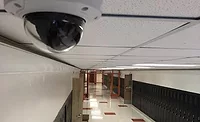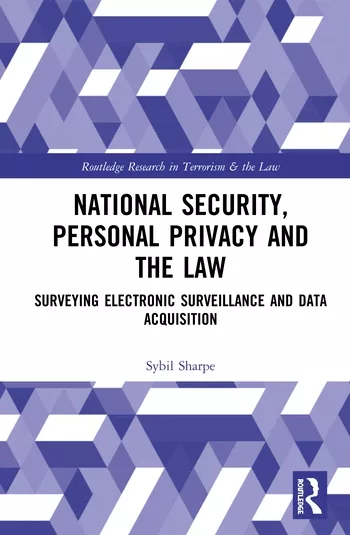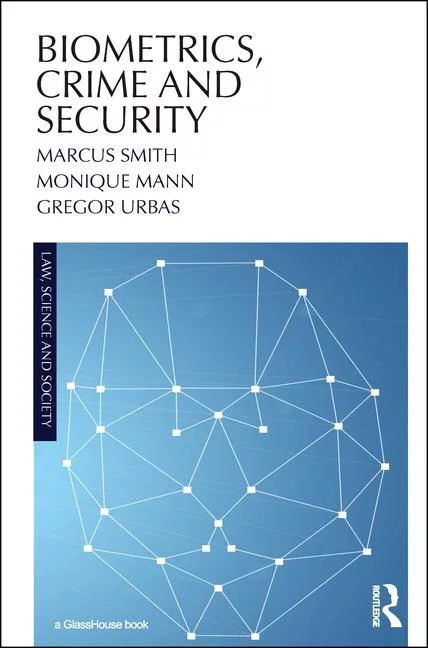New Robots Improve Security While Reducing Costs at Nevada National Security Site
The National Nuclear Security Administration (NNSA) announced that the Nevada National Security Site (NNSS) has brought the first of three Mobile Detection Assessment Response System (MDARS) robots online to improve security patrols at remote portions of NNSS.
The small autonomous robot, which is remotely operated from a command center at NNSS, is designed to perform random patrols. Onboard sensors and real-time video allow the operator to see intruders or suspect activity as soon as the robot encounters it. The MDARS unit operates independently and only requires direct operator action to assess situations when encountered.
"The robots are a great addition to the NNSS protective force," said Brad Peterson, Chief and Associate Administrator for Defense Nuclear Security. "The robots allow us to improve security at remote portions of the Nevada National Security Site at reduced costs. Deploying MDARS robots at NNSS is another example of NNSA's commitment to being effective stewards of taxpayers' money. NNSA applauds NNSS in seeking ways improve the way it does business while maintaining the highest security standards."
The robots operate at speeds of up to 20 miles per hour and can go for more than half a day of continuous use without having to be refueled. The robots can keep track of inventory, as well as gates, locks and other barriers, by using radio frequency identification tags. NNSA and the Office of Health, Safety and Security (HSS) worked to prototype test and purchase the first MDARS unit in 2009 and acquired two additional units and numerous spare parts from the U.S. Army/Project Manager, Force Protection Systems (PM-FPS) in 2010.
Use of the robot will result in an estimated cost avoidance of $6 million in infrastructure investments for equipment such as cameras, towers, lights, trenching and burial of cables to support towers and motion detection units to support protection of remote sensitive areas. Additionally, the robots will result in an annual cost avoidance of $1 million in protective force expenditures and equipment maintenance. Two additional units will be deployed in the next six months at various remote locations at the NNSS.
Looking for a reprint of this article?
From high-res PDFs to custom plaques, order your copy today!






